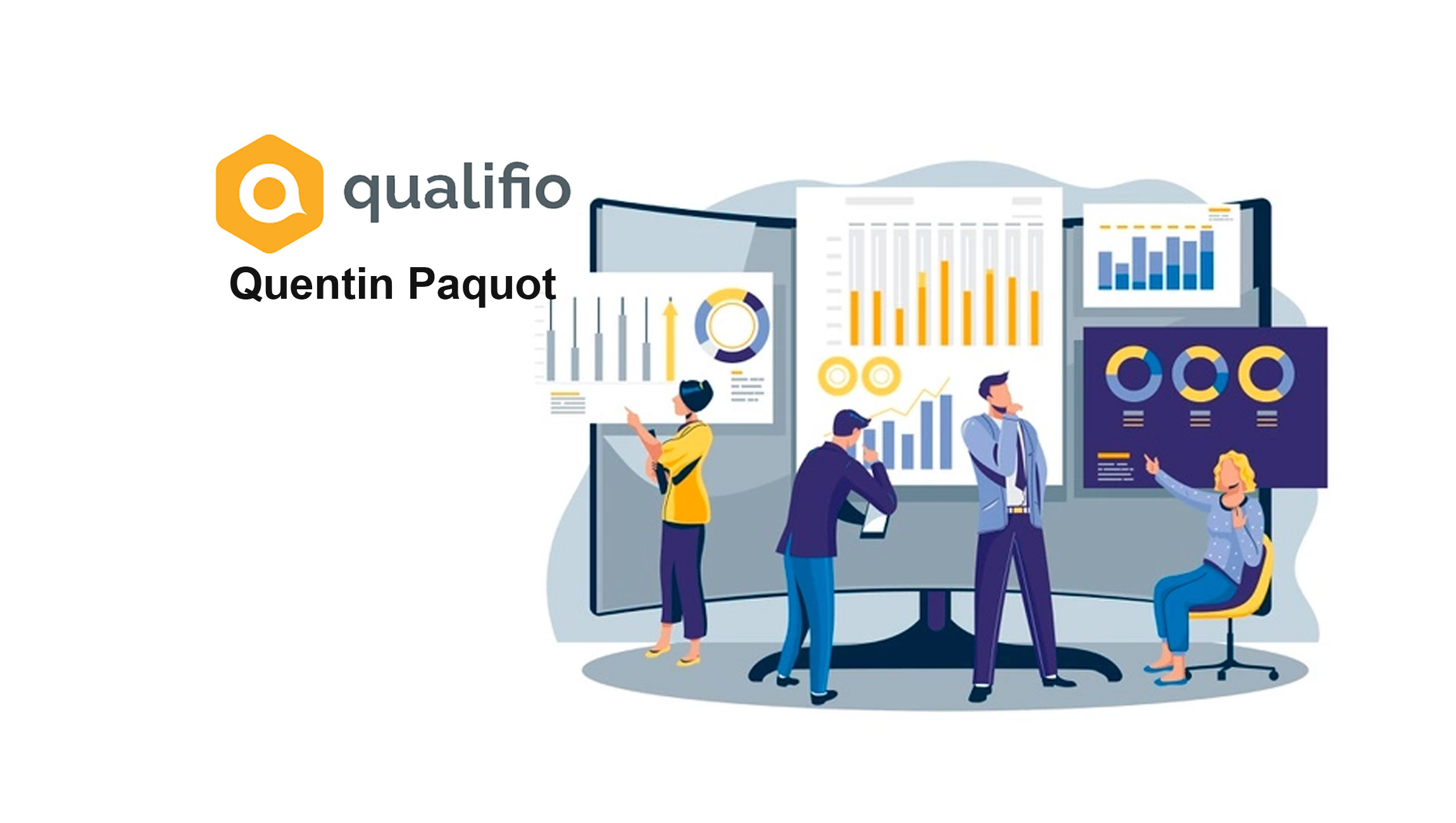Quentin Paquot, CEO of Qualifio, discusses how brands can not only create amazing experiences through interactive content, but leverage resulting engagement to generate consented zero-party data – which in turn can create long-term relationships with consumers.
______
Cookies are on the way out. Consumer sentiment towards cookie use has never been the most positive, and as tech giants such as Apple and Google begin to remove cookies from their browsers, it’s only a matter of time until they are gone for good.
While a cookieless future beckons, marketing teams must still find ways to compliantly and reliably collect data. Without the ability to retrieve it from third party companies, brands must find new and creative ways to collect vital information from their audiences. However, this must also be achieved without compromising the browsing experience of target audiences, which could otherwise harm the publisher as well as the brand serving content.
Marketing Technology News: Creator Economy Platform Koji Announces Bitcoin Withdrawals For Creators
An Interactive Approach
According to Statistic Brain, the average human attention span lasts only eight seconds in the digital age – less than a goldfish. A sobering thought for marketers, who are tasked with not only grabbing the attention of their audiences, but also have to persuade these targets to engage with their brand. In order to better attract and retain the attention of audiences, many brands are choosing to leave static content behind them in favour of an interactive approach. Not only does interactive content create a more engaging experience for users, but it opens up a plethora of opportunities for brands when it comes to their wider marketing efforts.
Interactive content transforms what could be seen as simple static information, into something that engages consumers and builds trust in brands through the process of gamification. By utilising tools such as polls, quizzes and surveys, brands can introduce gamification to participants who sign up, offering potential prizes in what becomes a highly user-friendly experience. Importantly, while brands are providing this amazing experience, they are also able to collect consented zero-party data.
The Importance of Zero-Party Data
In a world heavily concerned with consumer privacy, zero-party data provides brands with a reliable solution that doesn’t rely on cookies or information collected by third parties. Instead, zero-party data is that which is offered directly to brands by consumers themselves.
So what does this mean? It benefits both brand and consumer. From the consumer’s perspective, they are giving away small amounts of information, such as certain preferences over specific interests and purchase intentions. Seemingly insignificant data while safe in the knowledge that more personal information isn’t being exploited. Yet for a brand, this has the potential to be the beginning of a long-term relationship.
Using this data provided directly from the consumer, a brand can better understand them. It can begin to segment and target them based on their preferences, promoting further engagement – and even potentially rewarding that engagement before any sale is ever made. From here, a brand can create a bond with the consumer, who sees that they are now being rewarded by the company with discounts and offers for little effort on their end – such as sharing specific preferences. This encourages loyalty, and according to the book Marketing Metrics, the probability of selling to an existing customer is 60-70%, whereas the probability for selling to someone new is 5-20%. Suddenly, by continuing this level of interaction with the consumer, zero-party data – and the actions generated by that data – can convert someone who might never have even heard of the brand into a loyal customer.
Marketing Technology News: MarTech Interview with Roli Saxena, President at AdRoll (a Division of NextRoll)
Adapt Now for Future Success
The brands who implement these solutions into their marketing campaigns will be the ones that thrive, both now and into the long-term. Removing the reliance on third-party cookies now will provide brands a competitive advantage once they are removed completely. Their zero-party data approach will be well established, enabling them to better target consumers while other brands scramble for new solutions.
Once cookies are officially gone, the combination of interactive content and data collection will not only be helping brands to attract new audiences through interactivity and engagement, but the technology will also be promoting a much more loyal customer base. Those that invest early can gain a competitive advantage over the laggards who cling onto cookies right until death.
Zero-party data is based on trust and exchange. Consumers share their details with the expectation of getting something in return – whether that is a physical prize or something less tangible, such as a better user experience. Through interactive marketing and first- and zero-party data collection, brands can know their audience and build trust with ease while developing loyalty. The future of digital marketing lies in collecting first- and zero-party data.











